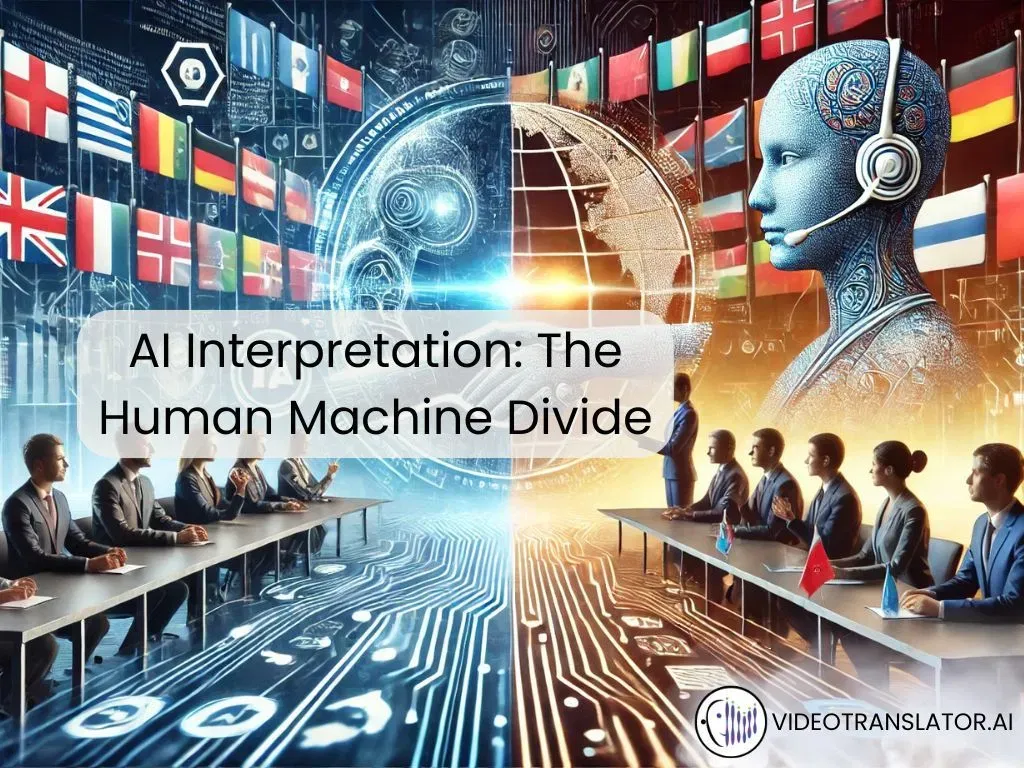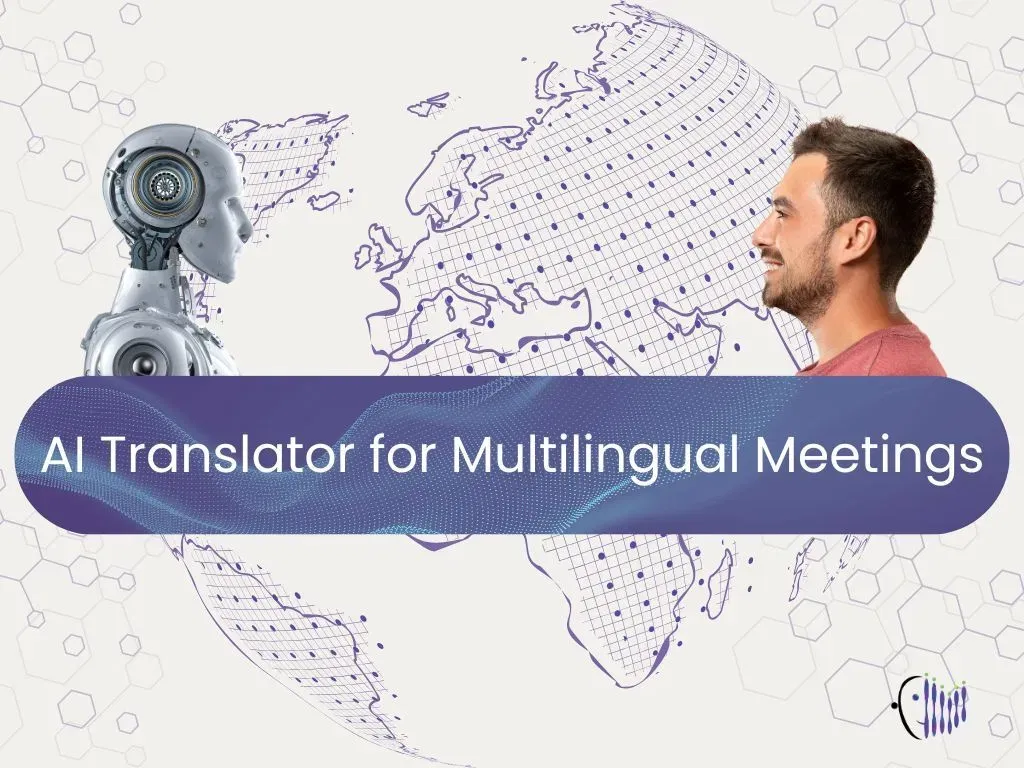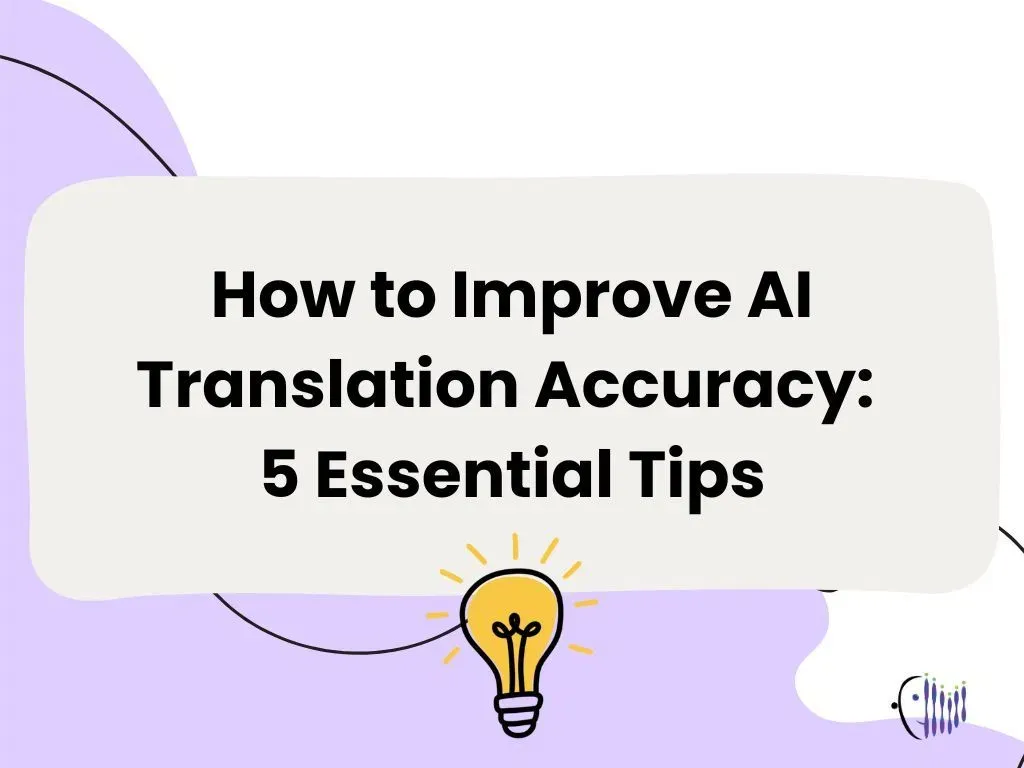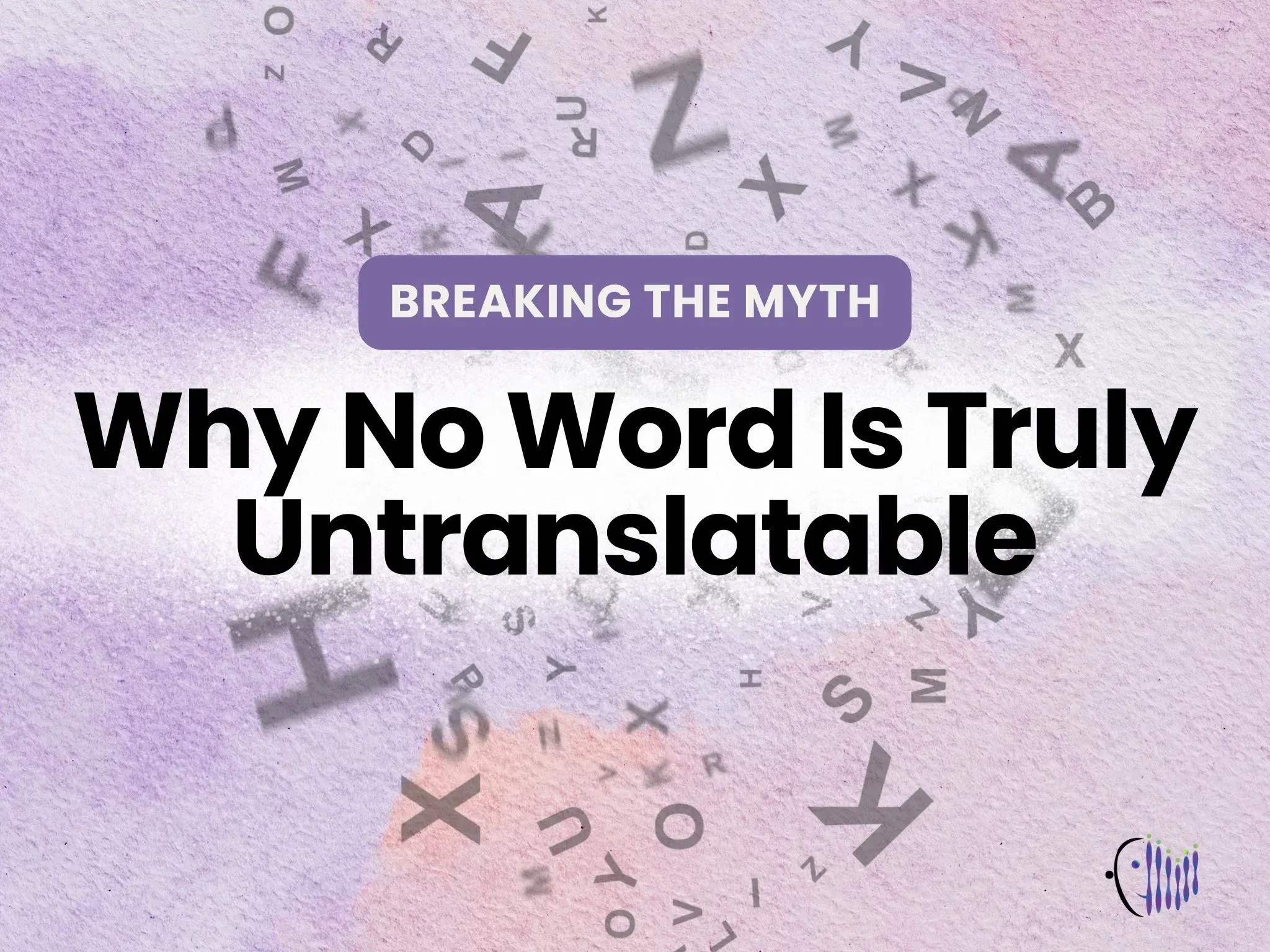Introduction: The Art of Simultaneous Interpretation
Simultaneous interpretation is often regarded as one of the most demanding linguistic feats on the planet. It requires an interpreter to listen to a speaker in one language, process the meaning in real-time, and then deliver the message almost immediately in another language—all without pausing the flow of communication. This is extraordinarily difficult, and it allows international conferences, major diplomatic events, and global summits to proceed smoothly without the clunky interruptions of stop-and-go translation. It is truly a high-flying skill, matching the tempo and style of the speaker while bridging cultural and linguistic gaps.
Imagine sitting in a vast conference hall where delegates from dozens of countries gather. Each speaker shares crucial insights, policy positions, or even jokes in their native tongue. Meanwhile, behind the scenes (often in soundproof booths, wearing headsets), professional interpreters are working full-throttle to ensure that everyone hears the message in their own language with only a second or two of delay. Their voices float into your earpiece in near-perfect sync with the speaker’s pace, tone, and intent. It’s mesmerizing—and a testament to the tremendous cognitive effort interpreters exert.
But why is this form of interpretation so challenging even for humans? Why can’t an AI mimic the skill and deliver flawless real-time translations? In many ways, humans don’t just translate words; we interpret ideas, context, and cultural cues. We analyze a speaker’s intonation, read micro-expressions, and juggle specialized vocabulary, all while speaking back to our audience in coherent, culturally adapted phrasing. AI has made strides, but replicating this complex, human-centred process has proven difficult.
 Photo by Mikael Kristenson on Unsplash
Photo by Mikael Kristenson on Unsplash
Why Simultaneous Interpretation Is Inherently Challenging
The sheer cognitive load is the first major hurdle. Imagine simultaneously listening, understanding, and then constructing a target-language rendition that preserves meaning and tone. The interpreter must accurately capture not just words, but also idioms and culture-specific concepts that may not exist in the target language. It’s akin to juggling chainsaws: any single slip can result in confusion or miscommunication. Even seasoned interpreters can be discouraged by rapidly changing topics, hard-to-catch references, or speakers who talk too quickly.
Moreover, simultaneous interpretation demands a split-second processing ability further complicated by cultural nuances. Certain expressions in one language might rely on shared knowledge or humour that doesn’t neatly transfer into another language. Interpreters become cultural diplomats, choosing words carefully to avoid misrepresenting the speaker or offending the target audience. In short, it’s not just about words; it’s about ideas, intentions, and narratives.
For events that hinge on precise messaging—think high-stakes diplomatic summits or major political announcements—simultaneous interpreters are indispensable. Their on-the-fly adaptability and deep understanding of both source and target languages ensure that misunderstandings are minimized. Audiences can listen in real-time, absorbing the speaker’s message without waiting. That uninterrupted communication is precisely what makes simultaneous interpretation so prized.
 Photo by Hannah Wright on Unsplash
Photo by Hannah Wright on Unsplash
AI Transcription, Translation, and Voiceover: More Like Consecutive Interpretation
On the other side of the spectrum, Artificial Intelligence has proven itself extremely helpful in areas like speech-to-text transcription, machine translation, and even synthetic voiceover. These advancements are remarkable in their own right. With the click of a button, a piece of software can transcribe a speech, translate it into any number of languages, and then generate an audio track of that translation using a synthetic voice. It often happens swiftly enough to be practical in many real-world scenarios.
However, this process more closely resembles consecutive interpreting rather than simultaneous. In consecutive interpretation, the speaker pauses every few sentences, allowing the interpreter (or, in this case, the machine) to process the content and deliver a translation. While AI can attempt to provide near-instant translations, the typical workflow still involves capturing the source speech, processing it, and then playing back a translated version. That slight delay and the reliance on purely textual or audio data mean the AI can’t quite replicate the live improvisation and cultural filtering a human interpreter provides.
This isn’t necessarily a bad thing. In many situations—such as quick business meetings between two people who don’t share a language—AI-powered solutions are more than adequate. They allow for essential communication without hiring an on-site human interpreter. The key is to recognise that AI’s “simultaneous interpretation” is, at best, a very fast combination of transcription, machine translation, and voiceover. This still produces slight pauses and lacks the nuanced interpretation of human professionals.
Our Offering at VideoTranslatorAI: Bridging the Gap
At VideoTranslatorAI, we provide a service that runs on this advanced transcription-translation-voiceover pipeline. We operate in 120 languages and offer hundreds of synthetic voices to suit various tastes and contexts. Whether you need a professional-sounding European Spanish voiceover for a corporate video or a more casual Arabic voice for an educational tutorial, the system can handle it.
This is a groundbreaking tool for many industries: marketing firms localizing video ads, content creators wanting to expand their audience, or even organizations that need quick translations of staff training materials. The range of languages and voices we support is designed to cater to a global clientele. And with ever-improving AI models, these translations’ speed and quality continue to improve.
Yet, it’s important to emphasize that what we do is not exactly the same as the human-centered simultaneous interpretation used at high-level diplomatic gatherings. Our platform excels at efficiently processing large volumes of content relatively quickly, offering near-consecutive translations that are clear enough to facilitate communication. When live and uninterrupted conveyance of ideas is critical—along with careful management of cultural subtleties—human interpreters remain the gold standard.
Human vs. AI Value Propositions: Concepts vs. Mechanics
Human simultaneous interpretation is primarily about conveying ideas or concepts in a way that feels natural to the listener. The interpreter will often restructure sentences or choose context-appropriate analogies because specific ideas don’t exist in the same form from one language to another. The real value here lies in facilitating a deep, nuanced exchange of culture, identity, and intent. That can mean preserving the energy of a motivational speaker at a conference or maintaining the formal tone of a political leader addressing global peers. In short, it’s dynamic, real-time, and fully aware of the cultural environment.
AI consecutive interpretation, on the other hand, hinges on transcription, translation, and voice synthesis. It’s mechanical at its core. The software takes in audio, processes the text, translates, and plays back audio in another language. This approach is perfect for many scenarios where exact cultural nuance isn’t the top priority. Often, the users of such a system are already on the same page regarding the subject matter. They simply need a “crutch” to overcome the language barrier. This suits everyday business interactions, customer support calls, and online tutorials where the essential goal is clarity rather than rhetorical finesse.
Neither method is superior in an absolute sense. They serve different roles and should be judged by how well they meet specific communication goals. Human interpreters shine when the content is complex, highly sensitive, or requires emotional resonance. AI consecutive interpretation is beneficial when budget constraints, speed, or sheer volume of content take precedence.
 Photo by Andy Kelly on Unsplash
Photo by Andy Kelly on Unsplash
Cost Considerations: Why It’s Not a Duel
Human interpreters—especially high-level simultaneous interpreters—are highly specialized professionals who command significant fees. They often travel to event venues, prepare extensively for subject matter, and may work in pairs to rotate through strenuous sessions. This level of expertise and effort translates into a service that, while essential for top-tier events, can be costly.
Conversely, AI-based solutions can be scaled to meet a wide range of budgets. Once developed and integrated, the software can process thousands of lines of text or hours of audio without fatigue and at a fraction of the cost. It’s no wonder that organizations with tighter resources or massive content catalogues consider AI-based translation and voiceover an attractive option.
It’s helpful, then, to see human and AI interpreting solutions as complementary. Rather than pitting them in a duel, we can view them as distinct services that satisfy different needs. When exactness of cultural context and real-time interaction is paramount, hire a human simultaneous interpreter. When you need speed, scale, and a workable solution for everyday cross-cultural communication, AI might be the more effective choice.
Contexts and Examples: Where Humans vs. AI Excel
High-Stakes Diplomacy: Think of a pivotal negotiation between world leaders or major corporations. The language must be handled delicately. Every word can carry profound weight. Here, a human interpreter brings value in spades by carefully choosing context-appropriate language, clarifying ambiguous phrases, and reading the room for unspoken cues.
Medical Consultations: In healthcare settings, confidentiality and accuracy are crucial. Terminology can be highly specialized, and doctors may need to ask culturally sensitive questions. A human interpreter with a medical background can manage these nuances better than a generic AI system—though AI may still help with more straightforward interactions. Indeed, we have clients using this capability at VideoTranslatorAI - where the low-risk portions of the model of care (say, filling out forms or ongoing routine checkups) are managed by AI consecutive interpreting.
Large-Scale Content Translation: Imagine a tech company rolling out global e-learning modules to train employees in dozens of countries. Manually translating and recording voiceovers in 120 languages would be an enormous undertaking. An AI-driven platform like VideoTranslatorAI offers a quick, cost-effective alternative that can churn out translations in hundreds of voices.
Casual Business Meetings: Two entrepreneurs from different linguistic backgrounds hop on a video call to discuss a potential partnership. They know roughly what they want to talk about. They have an outline. An AI consecutive interpretation tool could be sufficient to fill in the gaps in their conversation, saving them the cost of hiring a professional interpreter for a one-hour call.
These examples illustrate the broader principle: where complexity, sensitivity, and cultural nuance matter, human interpreters are irreplaceable. Where speed, volume, and basic clarity are the main requirements, AI can do the job at scale.
Conclusion: Two Different Solutions for Different Needs
Ultimately, human simultaneous interpretation and AI consecutive interpretation are two very different products. They differ not only in how they are performed—one is a masterful juggling act of listening and speaking in real-time, and the other is a more mechanical, step-by-step process—but also in how they’re used in real-world scenarios.
If you’re hosting a high-level event, negotiating delicate terms, or dealing with culturally charged material that requires an empathetic human touch, nothing beats the skill of a professional interpreter. The real-time synchronization, cultural finesse, and nuanced language choices are invaluable. By contrast, if you need a cost-effective and scalable solution to communicate basic ideas across multiple languages—particularly for content that doesn’t hinge on sensitive cultural or emotional factors—an AI tool like VideoTranslatorAI is an excellent option.
As technology advances, AI will likely become faster and more sophisticated, inching closer to a semblance of real-time interpretation. But the core value of human simultaneous interpretation isn’t just speed or literal translation—it’s the capacity to grasp, reframe, and deliver concepts in ways that resonate with diverse audiences. That layer of cultural and linguistic intelligence is why interpreters remain crucial in many scenarios.
Perhaps the real takeaway is this: It’s not a question of whether AI will replace human interpreters, but rather in which contexts each provides the best fit. Human interpretation stands as an irreplaceable asset in situations involving complexity, subtlety, and risk, while AI thrives on scale, speed, and budget-friendly practicality. Recognizing these strengths is the key to leveraging both solutions effectively—and ensuring that language barriers continue to tumble down in the service of global communication.
Resources
- Rethinking Simultaneous Interpreting: Antagonism or Complementarity? | LinkedIn [This article has sparked debate among interpreters who argue that AI cannot replicate key strategies used by human professionals, such as paraphrasing and nuance.]
- This post by Cyril Flerov made some blunt observations about the above article. I feel many of the observations are correct.
- Also read: When AI Speech Interpreter Falls Short: Real-Time Translation Risks in Emergency Response



